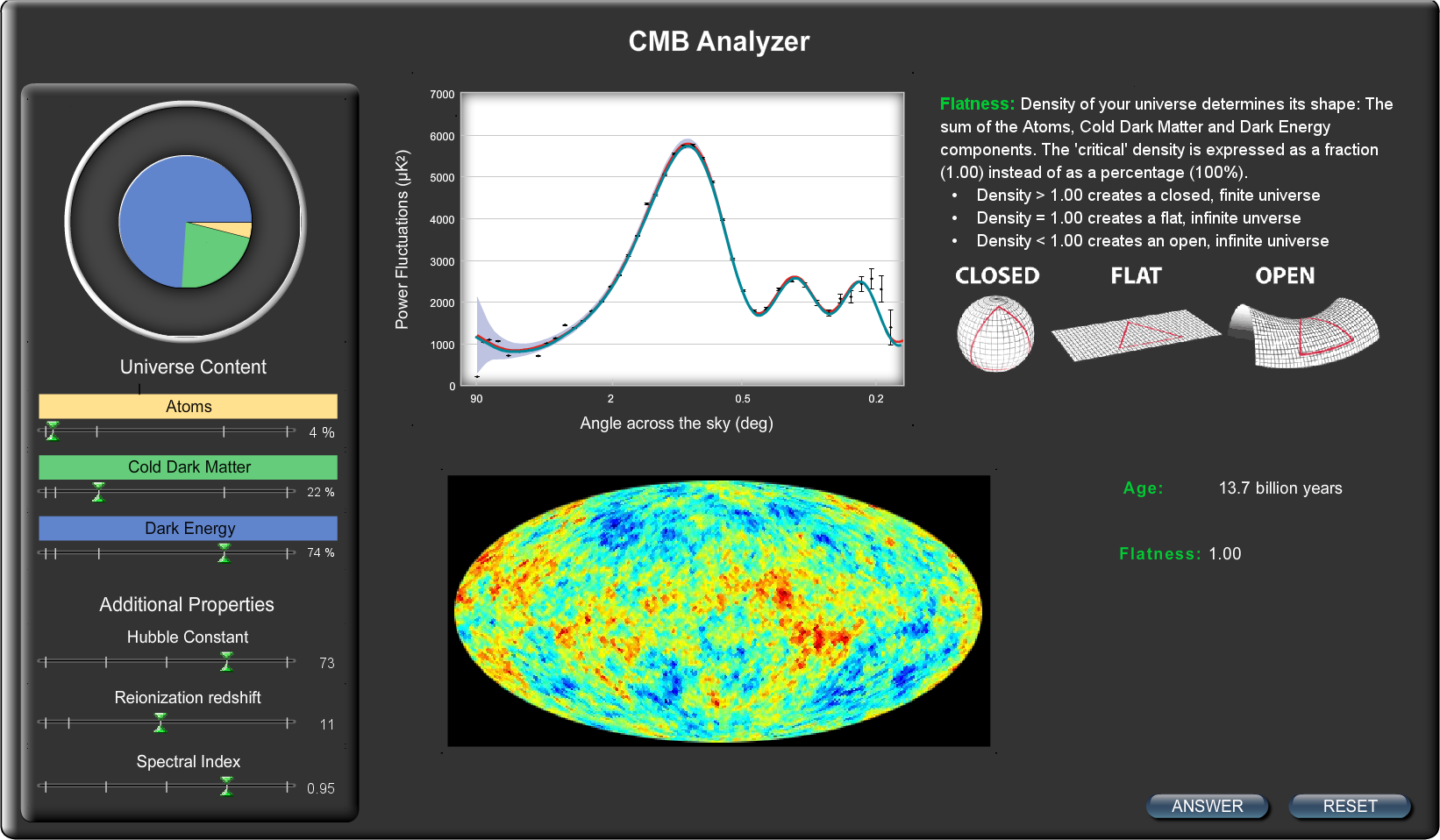 Resources
Resources
Useful scripts
Downloadable scripts
- get_points.py: a python-script which enables to open a image file and extract from it some coordinates. It was originally developed to extract data from graphs whose sources are no longer available (publications, for example).
- perform_stats.sh: a shell-script which enables to build some basic statistical values on an input file. Input file data are expected to be in the [0:20] range.
- pictures_organizer.sh: a shell-script which enables to read the EXIF data of pictures and automatically rename them using these data.
- dividepages.pl: a perl-script which enables to split a pdf file vertically into two. It can be usefull when two opposite pages where scanned at the same time.
C/C++ projects
- diffusion: a set of C++ based programs designed for students and which aim to illustrate bound and unbound states using two simple examples: the placement in orbit of a satellite and the diffusion of an alpha particle on a gold nucleus.
Shortcuts
Here is a list of shortcuts you can define yourself. To do so, go to "Parameters"  "Keyboard"
"Keyboard"  "Shortcuts"
"Shortcuts"  "Personal shortcuts". You can then define the following shortcuts:
"Personal shortcuts". You can then define the following shortcuts:
- to translate a word using wordreference.com:
| sh -c 'xsel | tr " " "+" | xargs -I %s xdg-open |
| "http://www.wordreference.com/enfr/%s"' |
- to search a word using google.com:
| sh -c 'xsel | tr " " "+" | xargs -I %s xdg-open |
| "http://www.google.com/search?q=%s"' |
- to open a website:
| sh -c 'xsel | xargs -I %s xdg-open "%s"' |
Documentation
Programming languages for science
- ROOT: download a 5 days course,
dedicated to beginners (in french). - GEANT4: visit here a 4 days course (in french).
Statistics
Teaching
This section includes the fascicles of the courses I taught between 2009 and 2011. They can be consulted online (all are in french).
- 2010-2011
- General physics - Bsc degree, 40h
- Nuclear physics - Msc degree, 18h
- Propagation of uncertainty - Bsc degree, 7.5h
- 2009-2010
- Scientific computing - Bsc degree, 24h
- Biophysics - Bsc degree, 20h
- General physics - Bsc degree, 20h
- 2008-2009
- Scientific computing - Bsc degree, 24h
- Biophysics - Bsc degree, 40h
- Solid-state physics and vibration - Bsc degree, 16h25
Animations
Scale of Universe
 What does the universe look like on small scales? On large scales? Humanity is discovering that the universe is a very different place on every proportion that has been explored. For example, so far as we know, every tiny proton is exactly the same, but every huge galaxy is different.
What does the universe look like on small scales? On large scales? Humanity is discovering that the universe is a very different place on every proportion that has been explored. For example, so far as we know, every tiny proton is exactly the same, but every huge galaxy is different.
This interactive flash animation is a new window to many of the known scales of our universe. By moving the scroll bar across the bottom, you can explore a diversity of sizes. A new version is also available on which you can click to bring up descriptive information.
CMB analyser
 Using the faint temperature patterns formed in the sky by cosmic microwaves, we can measure the age, shape, and composition of the early Universe. Looking out at the Universe, back in time, we see evolution of matter from hot plasma, to very simple clouds of hydrogen gas, to complex galaxies and planets.
Using the faint temperature patterns formed in the sky by cosmic microwaves, we can measure the age, shape, and composition of the early Universe. Looking out at the Universe, back in time, we see evolution of matter from hot plasma, to very simple clouds of hydrogen gas, to complex galaxies and planets.
Try changing yourself amounts of each ingredient and property. See if you can get the blue line (which represents your Universe) to match the red line (which is based on the measurements from the WMAP mission).








